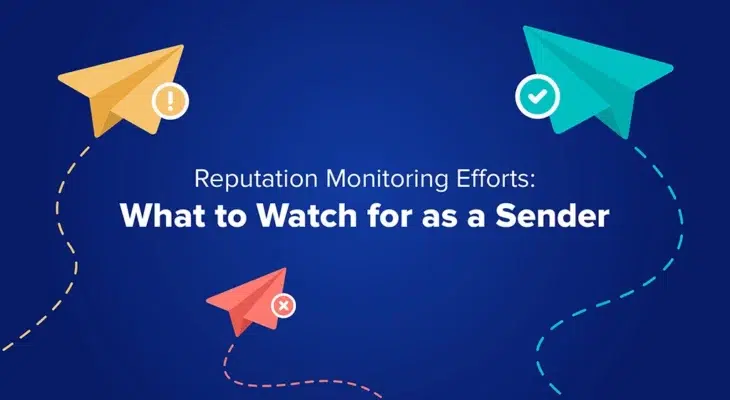Proper Authentication
- Ensure that you have an SPF Record in place.
- Ensure that you publish DKIM records appropriately to confirm alignment.
- Publish a DMARC record, even a p=none policy is seen as a positive with top tier ISPs.
2. Audience Segmentation
- Identify your audience segments:
- Core audience: Engaged users who have opened or clicked within the last 90 days.
- Lesser Engaged: Users who have not engaged in the last 90 (up to 180) days, though they have engaged at least once within the email channel.
- Unengaged: Users who have not engaged within the last 180-365 days or have never engaged within the email channel, post-opt-in.
- Utilize as much data as possible to solidify relevancy and fuel engagement.
3. Send Consistent Volumes & Keep a Consistent Cadence
- Increases in volume should be done slowly, over time.
- Volumes should not exceed 30% day/day during the critical warm-up & reputation ramp period in place for all new IPs & sending domains.
- Frequency in sends should remain consistent; setting the proper expectations with your audience and delivering on that promise is critical to your success in building a solid, engaging relationship with your customer.
- Offering a Preference Center is a great way to allow control to remain in the hands of your customer and provides the ability to opt-down, as well as for opting out or managing subscription preferences, as opposed to complaining.
4. Minimizing Complaints and Lack of Engagement
- Provide an easy, one-click unsubscribe link on all communications and honor opt-outs swiftly.
- Set proper expectations with your customers to minimize complaints or lack of engagement.
- Preference center: Opt down as an option in addition to various frequency options.
*Blueshift will investigate any reported Authentication issues
5. Monitoring Efforts
As a sender, you will want to monitor the following regularly through the Blueshift UI, third party deliverability tools such as 250ok or eDS, Google Postmaster Tools (Gmail), and SNDS (Outlook domains). Remember to review performance monthly or quarterly to identify trends.
- Spam Complaints
- Complaints may be due to list fatigue or improperly met expectations, most commonly. Complaint rates should remain below 0.1% or 1 per 1000 emails delivered.
- Spam Trap Hits
- Spam trap hits are Indicative of an old or aged list.
- Open rates
- Strong open rates reflect that subscribers are interested in what you have to say. Each vertical is unique, as are the varying campaign types, but rates above 10% (in general) are considered positive.
- CTR
- A strong click-through rate reflects that subscribers are interested in and engaged with your content.
- CTOR
- Strong click-to-open rates reflect expectations that are successfully met through clever subject lines, relevant content, and a positive relationship with subscribers.
- Bounce Rates
- Combined bounce rates should remain below 5%. Anything above 5% would be a red flag and immediate steps to investigate are warranted. Reviewing bounce diagnostics is the one true way a sender will know how the ISPs and MBPs are responding to your mail. If the mail is being blocked, this data will point you in the right direction as to why.
- Inbox Placement
- With partners like eDS and 250ok, you are able to utilize seed lists to ensure that you have at least one layer of transparency into how the mail you are sending is being delivered. While this is just one data point in an arsenal of tools at your disposal, it is a highly valuable piece of information.
The factors we’ve reviewed here today contribute greatly to a healthy reputation and strong engagement. Over the years, we have learned that a poor reputation is much harder to rehabilitate than one might think, so it is imperative that a strong reputation is maintained at all times.
As you manage your email marketing program you want to be aware of where your mail is landing, how your subscribers are responding, and interacting with it, along with exactly what’s working and what is not. Paying attention to the areas outlined above will provide these insights and more. Feel free to reach out to Blueshift Deliverability Services anytime if you have questions around deliverability – we are here to help! If you’d like to see Blueshift in action, reach out to our team.
Coming next in our deliverability series – The Top Providers Making Up Your Lists.



